The iPhone 7 and iPhone 7 Plus Review: Iterating on a Flagship
by Joshua Ho & Brandon Chester on October 10, 2016 8:00 AM EST- Posted in
- Smartphones
- Apple
- Mobile
- iOS
- iOS 10
- iPhone 7
- iPhone 7 Plus
Final Words
Although this initial review is supposed to be just the basics, over the course of the review we’ve learned quite a bit about the iPhone 7 and 7 Plus. These findings aren’t necessarily going to excite those that are interested in the deep-dive aspects that we’ve come to expect from a review – and for you we have a seperate deep-dive to come – but for someone that wants to know whether this phone is worth buying this should be enough to arrive at a decision one way or another.
Starting with the design of the device, it’s obvious that this is not a huge change from the iPhone 6s but it is a noticeable change nonetheless. The iPhone 7 is probably most similar to the iPhone 6s, but even so the changes to the design are significant enough that you can tell that it isn’t the same thing. The changed camera surround helps to acknowledge that the phone does in fact have a camera hump, and the rearranged antenna lines help to reduce the visual impact and in general they’re just less obvious. The design also has no obvious details that aren’t aligned or centered in some shape or form, which isn’t the case for a number of major Android designs on the market that have been widely praised for their beautiful design. If you really care about design though, this is probably going to be a flat release because it’s still quite similar to an iPhone 6s. The jet black finish is the one exception, which makes the phone look like a monolith as the display, antenna lines, and aluminum unibody all have nearly identical texture and colors which makes for a neat effect while retaining the ability to use tempered glass screen protectors.
The displays of the iPhone 7 and 7 Plus are impressive, but they do have some drawbacks. It looks like all units are now individually calibrated and have a much more neutral white point which is great to see. iOS remains the only relevant mobile OS with proper color management, and is miles ahead of Android in this regard which has no concept of multiple color spaces. This allows for wide gamut displays to be used properly which is a huge win and great to see. Brightness also sees a significant bump across the board which helps to improve outdoor visibility. However, the iPhone 7 is still at the same effective pixel density as the iPhone 4. While it’s not unusable by any means, you don’t need to have amazing vision to see the difference between 326 PPI and the 400-500 PPI of most Android devices and the iPhone Plus line. I think this is probably one of the last few generations where LCD will be reasonable on a high-end smartphone, and if Apple insists on sticking with LCD for the next generation, at minimum True Tone and advanced AR coatings are going to become mandatory to avoid turning this aspect of the iPhone into a potential negative.
When it comes to performance, the iPhone 7 and 7 Plus are industry-leading. It’s common to see people claiming that the iPhone has “less specs” than the competition, but it’s simply not the case and hasn’t been for a few generations now. The A10 Fusion’s Hurricane CPU core is ahead of literally everything else when looking at single threaded performance, and to the extent that two of these CPU cores is enough to remain competitive in multithreaded performance against quad core CPUs used in other SoCs. GPU performance is almost on par with the A9X used in the iPad Pro 9.7 in some cases which is a testament to the systems development team at Apple considering that the system TDP of a 10” tablet is on the order of about 5 watts while a 5” smartphone is closer to 2-3 watts. The fast flash memory at this point is nothing new but still impressive and helps to make the phone feel fast.
What makes the performance of the iPhone 7 and 7 Plus even more impressive is how that performance doesn’t compromise battery life. The iPhone 7 Plus manages to be competitive with devices that have batteries 25% larger while handily outperforming them. The iPhone 7 actually manages to pull ahead of the Android competition by a significant margin which is quite a feat considering how it’s one of the last smartphones on the market that is actually usable in one hand. Making a small phone that isn’t brick-like while maintaining class-leading battery life requires serious engineering effort in both man and material, and it’s impressive that Apple has been able to pull it off. The one major issue here is the charge time, which remains on the high side for both the iPhone 7 and 7 Plus. Apple should really be shipping a higher power charger considering how we’ve seen battery capacity go up by something like 50% since the 5W charger was introduced. If charge time matters to you, spring for an iPad charger.
Looking at the camera, the iPhone 7 finally gets OIS and the results are obvious in low light. Performance is roughly comparable to the Galaxy S7 and iPhone 6s Plus, but the improvements in image processing and optics mean that there’s less noise in low light which is really impressive considering how incredibly noisy the RAW output is. The iPhone 7 Plus’ second camera isn’t necessarily useful in low light, but in daytime it’s obvious just how much detail it brings to the table as pretty much nothing else currently on the market offers anything similar, and otherwise we'd have to go back to the Lumia 1020 or something similar. I would say that the iPhone 7 and 7 Plus could both use a bump in sensor size to really be the best in all situations, but as-is they’re the most well-rounded for stills even if the HTC 10 can definitely produce better images in a number of scenarios. In video capture there’s almost no competition when the competition can’t produce video without obvious macroblocking and some really obvious oversaturation. The HTC 10 does get close, but only in 1080p30 video. The second camera of the iPhone 7 Plus remains valuable here as well, but the lack of OIS and narrower aperture limits the scenarios where it can be used meaningfully.
On the software side of the experience, iOS 10 works well, but it’s obvious that some bugfixes are in order. Some UI performance issues can pop up here and there, and there are some strange animation bugs, but there’s nothing here that’s nearly at the level of most Android devices. Other than the basics, the new features like the haptic home button and stereo audio work quite well. The solid state home button does require some getting used to but after adjusting it works just like you’d expect. The only real difference is that the button doesn’t work unless your bare finger is touching it instead of being purely force sensitive. Stereo speakers like the HTC 10 are nice, but like the HTC 10 the use of a traditional earpiece for speaker output leads to a somewhat harsh-sounding result as high frequencies are directed directly at you while low frequencies go out the side of the phone.
You might notice at this point that we’ve completely recapped the review without a single mention of the deletion of the 3.5mm headphone jack, and that’s mostly because I think removing it doesn’t really matter after spending some time with AirPods, which really do remove a huge number of friction points from the user experience in a way that I didn’t even think about. I’m not a fan of the EarPod level of isolation and sound quality, but everything else about AirPods has been revelatory about how many friction points in the user experience of headphones that I had overlooked. The removal of the headphone jack also means additional internal volume for battery, an improved haptic feedback linear actuator, OIS/second camera, and effective water resistance without the use of nanocoatings on the board. The analog port might be a dealbreaker for some users – and even within AnandTech not everyone is onboard with the change – but I suspect that wireless solutions or the lightning to 3.5mm adapter are enough that most people aren't going to miss it enough to pass on the iPhone.
At the start of this review I said it was important to consider perspective because at the end of the day, I use Android devices. Doing the iPhone 7 and 7 Plus review is important, but also deeply disillusioning. With the iPhone 6s review I showed a number of clear and present issues in Android devices relative to the iPhone, and these issues continue to appear time and time again. More than ever it’s obvious to me that most companies in the Android ecosystem don’t really care about the details as an organization.
It’s been 3 years at this point since the iPhone 5s brought a desktop-class CPU to a mobile SoC, and Apple continues to stand alone when it comes to high-end SoCs. SoC vendors lack the incentives to actually bring anything that can compete with Apple’s SoCs to market because OEMs by and large are content to advertise simplistic specs that don’t really have any connection to user experience. Whether it's SoCs with clock speeds that are practically impossible to reach due to TDP limits, IP blocks that are visibly (and visually) broken, or compromised cameras with huge sensors but not much else.
AirPods, more than anything, are emblematic of this divide that I’m seeing more and more. It’s incredibly easy to keep including the headphone jack because that’s what users say they want. It’s also easy to write off this decision as plainly obvious. It’s hard to actually think about the user experience of the headphone jack and to design wireless earbuds that don't have all of the friction points that we've come to expect.
This sort of divide is something that I’ve seen time and time again with something as simple as proper video stabilization, post-processing, encode quality, and a whole host of other issues present in Android devices that continue to be glossed over and ignored in the broader discourse, which leads to a self-perpetuating cycle. There are a few OEMs that do care, but the major players that can actually put the engineering effort into making a change don’t really have any interest in anything other than shipping something that gets close enough for government work.
Overall, I think that if there’s any phone that is worth 650-750 USD at its base, it’s the iPhone 7 and 7 Plus. If you’re upgrading from the iPhone 6s Plus you probably won’t find a ton of differences, but it’s still a significant step up in display, camera, speaker quality, battery life, and system performance. There are some software bugs and minor performance issues, but there’s nothing that really stands out as a showstopper and these issues are due to be fixed within the coming weeks. The iPhone might not excite like smartphones once did, but the amount of attention to detail and execution in the hardware is unparalleled and a cut above anything else in the industry.


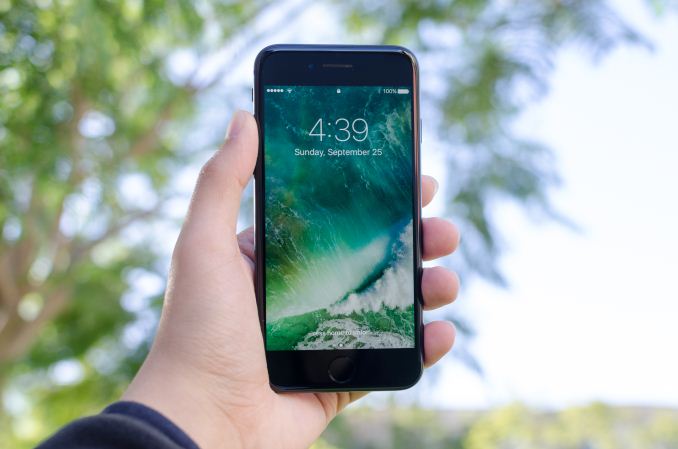

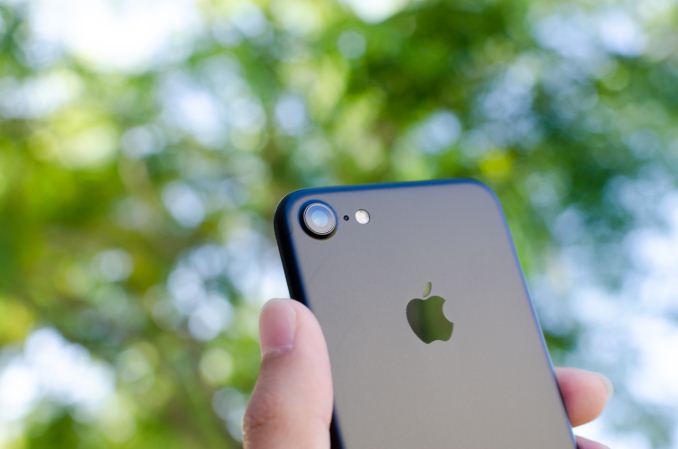
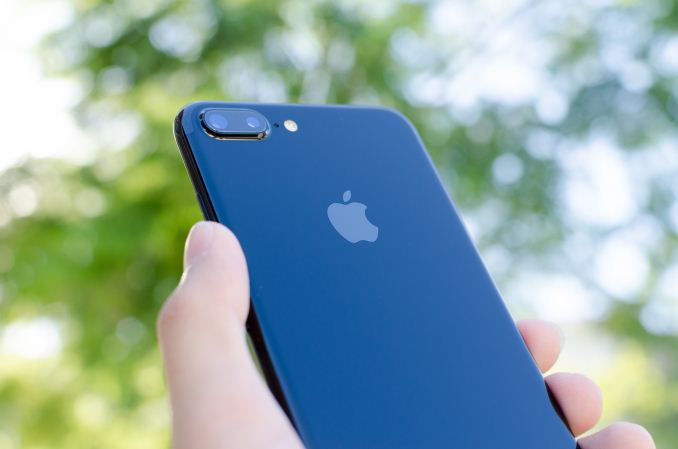
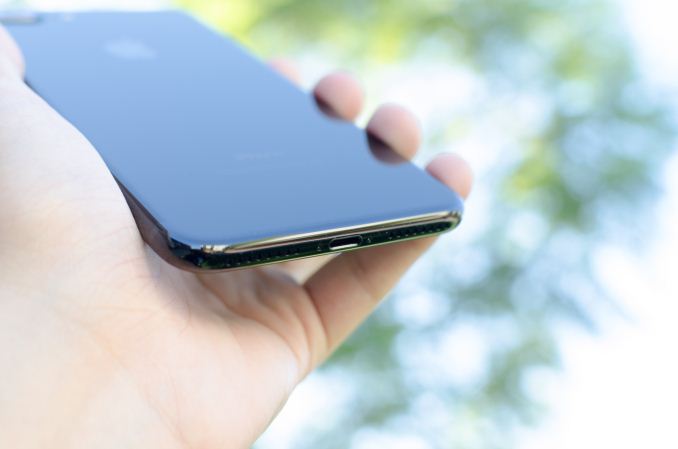
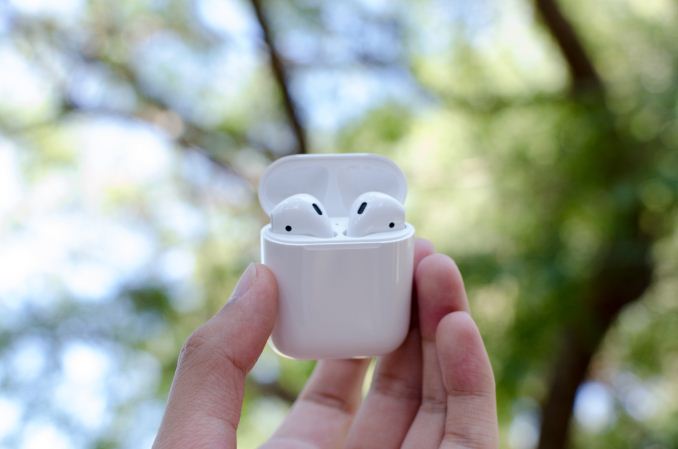
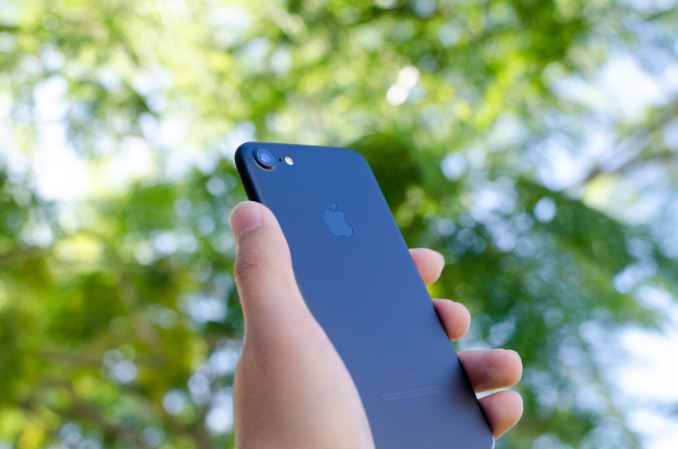
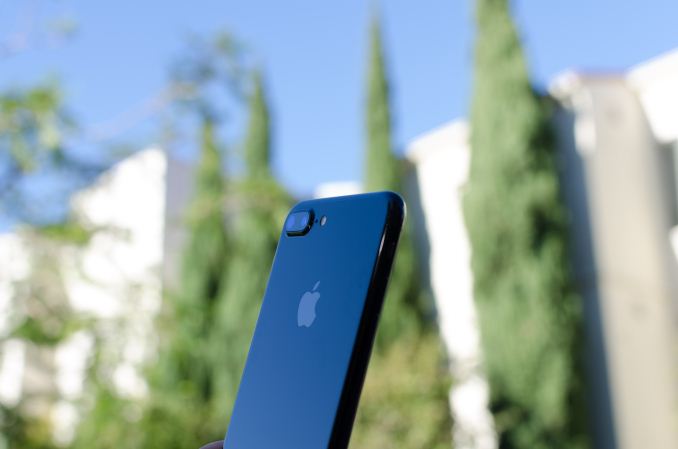








377 Comments
View All Comments
UtilityMax - Wednesday, October 12, 2016 - link
They don't the same OS, but they often run the same applications, so the comparisons are valid. For example, there exist the same web browser benchmarks that run on both OSes.Constructor - Monday, October 17, 2016 - link
On top of the faster CPUs, iOS is also optimized for more efficient resource use plus several special 64 bit optimiziations.Especially memory garbage collection on Android was a bad design mistake which keeps devices stuttering at random intervals.
ACM.1899 - Wednesday, October 12, 2016 - link
"the headphone jack because that’s what users say they want."i have bunch of nice earphones at home and i don't need (want) to buy BT headphones.
they removed the 3.5mm jack and what did they add instead? at least a built in dac (like HTC 10, v10 or v20) would have been nice.
i've heard the sound through the dongle isn't as good as iPhone 6s.
or bluetooth headphones (in general) are not as good as analog headphones (with the same price).
every time Apple does something stupid we say it's because of this or that or for that you can do this or it's the future....but WHY?
for now the only (main) reason is marketing.(Apple & Beats)
as long as a good BT headphone is not the same price as a good analog headphone , i don't want them.
until then the 3.5mm jack should have not been removed.
at least i don't need that bs taptic engine...
ACM.1899 - Wednesday, October 12, 2016 - link
or if Audio (through a smartphone) is that important to me , i can buy an android phone.btw i guess they won't remove it from the mid-range iPhone (SE).
serendip - Wednesday, October 12, 2016 - link
That Redmi Note 3 will be staying at the top of the WiFi web browsing chart for a while longer. How the heck did AT get 12 hours? I've got the same phone and the longest I've seen is 10 hours on WiFi with LTE on but not enabled for data.zodiacfml - Wednesday, October 12, 2016 - link
I love your conclusion piece. I still hate Apple but they are commendable for the constant SoC improvement and the large die size of it. I'd get over the missing headphone jack if the quality of the adapter is good. They did an awesome job on the display too, extracting the best possible performance from the display. I'd get goosebumps if they would the same attention to detail using AMOLED displays for the next generation.I never warmed to the Google Pixel devices as they are too expensive with the unimpressive Snapdragon 821 or 820. I'd just get an S7 Edge for the hardware. The software part is the only missing piece as I'd rather have stock Android with yearly, latest updates from Google.
UtilityMax - Wednesday, October 12, 2016 - link
SoC improvement is fine, but how much SoC improvement do people really need? It's not like smartphones are running PC games or are using for engineering design work. A three year old Nexus 5 with its Snapdragon SoC is still perfectly adequate as a daily smartphone when SoC is concerned. Now, the SD820 offers about twice the performance.blackcrayon - Wednesday, October 12, 2016 - link
How much? An infinite amount. It has to keep increasing in order for smartphone operating systems to get increasingly better. One example is using CPU power to increase photo quality. But no one wants to wait 10 seconds between shots...UtilityMax - Wednesday, October 12, 2016 - link
Your argument is useless because not even a one year old Nexus 5X with a much criticized Snapdragon 808 SoC does not need to take so much time to take a picture. Any modern smartphone has a pretty adequately fast camera. If you find a smartphone with a slow camera that's not an excuse to buy an overpriced iphone with no expandable storage, no "approved" way to upload your media into it without using the iTunes junk, and no 3.5mm headphone jack.blackcrayon - Wednesday, October 12, 2016 - link
Your counterargument is u... nevermind.You need to research what happens when you take a photo on a modern smartphone. There is a lot of processing done in software, which of course utilizes the hardware, to achieve better photos than would be possible without it. I'm not sure what you think your comparison means though. An iPhone "1" could take pictures too. It doesn't mean it could do the kind of instantaneous post processing something like an A10 can do. In this particular case it's Apple's ISP doing much (most?) of the work, but the analogy still stands. In order to add enhancements to the device that can work without drawbacks, they have to be fast. The more speed you have to spare, the more cycles you can use on things like instantaneous image processing, compression/decompression, "AI" that works locally on the phone, etc.
Anyway, the Nexus 5X running Chrome alone should tell you SoCs aren't fast enough, especially with a poorly optimized app.